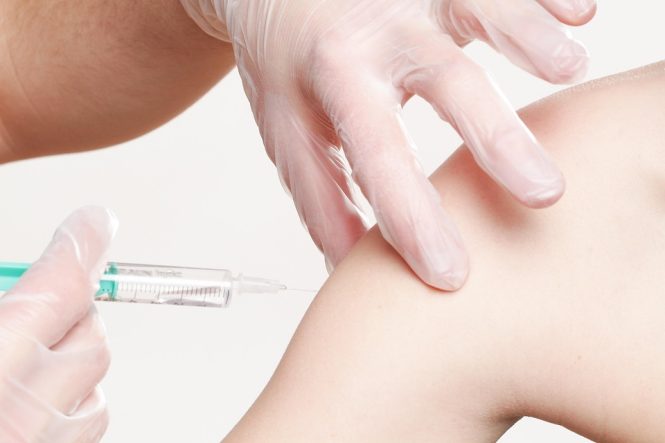
The Safety and Efficacy of Botox: What the Experts Say
Botox, a neurotoxin protein derived from the bacterium Clostridium botulinum, has been widely used for both cosmetic and therapeutic purposes for over two decades. As one of the most popular non-surgical cosmetic treatments, Botox has been used to temporarily relax facial muscles, reducing the appearance of fine lines and wrinkles. However, despite its widespread use, there are still concerns about the safety and efficacy of Botox. In this article, we will examine what the experts say about the safety and efficacy of Botox.
History of Botox
Botox was first approved by the US Food and Drug Administration (FDA) in 1989 for the treatment of blepharospasm, a condition characterized by uncontrollable blinking. In 2002, Botox was approved for the treatment of moderate to severe frown lines between the eyebrows. Since then, Botox has been approved for a range of other conditions, including axillary hyperhidrosis (excessive sweating), cervical dystonia (a condition characterized by involuntary neck muscle contractions), and migraines.
Cosmetic Use of Botox
For cosmetic purposes, Botox is used to temporarily relax facial muscles, reducing the appearance of fine lines and wrinkles. The most common areas treated with Botox include the forehead, between the eyebrows, and around the eyes. Botox works by blocking the release of acetylcholine, a neurotransmitter that signals muscle contractions. By reducing muscle activity, Botox can help to smooth out wrinkles and fine lines, giving the face a more relaxed and youthful appearance.
Safety of Botox
According to the FDA, Botox is a safe and effective treatment when used as directed. The most common side effects of Botox include bruising, swelling, and redness at the injection site, as well as headaches and flu-like symptoms. More serious side effects, such as drooping eyelids or facial asymmetry, are rare and usually resolve on their own within a few weeks.
The American Society for Dermatologic Surgery (ASDS) estimates that over 10 million Botox treatments are performed each year in the United States, with a very low incidence of serious side effects. In fact, a study published in the Journal of Clinical and Aesthetic Dermatology found that the rate of serious adverse events associated with Botox was less than 1% per 100,000 treatments.
Efficacy of Botox
Numerous studies have demonstrated the efficacy of Botox for both cosmetic and therapeutic purposes. A study published in the Journal of the American Academy of Dermatology found that Botox was effective in reducing the appearance of moderate to severe frown lines between the eyebrows in over 80% of patients. Another study published in the journal Neurology found that Botox was effective in reducing the frequency and severity of migraines in patients with chronic migraines.
Expert Opinions
According to Dr. David J. Goldberg, a dermatologist and Clinical Professor of Dermatology at the Mount Sinai School of Medicine, “Botox is a remarkably safe and effective treatment for a range of conditions, including cosmetic and therapeutic uses. When used as directed, Botox can provide significant benefits with minimal risks.”
Dr. Heidi Waldorf, a dermatologist and Director of Laser and Cosmetic Dermatology at the Mount Sinai Hospital, agrees. “Botox has revolutionized the field of cosmetic dermatology, offering a safe and effective way to reduce the appearance of fine lines and wrinkles. With proper training and experience, physicians can use Botox to achieve outstanding results with minimal side effects.”
Best Practices for Safe and Effective Botox Use
To ensure safe and effective use of Botox, experts recommend the following best practices:
- Choose a qualified physician: Only use Botox under the guidance of a qualified physician who has experience with the treatment.
- Follow proper dosage and administration: Follow the recommended dosage and administration guidelines to minimize the risk of side effects.
- Be aware of potential side effects: Be aware of the potential side effects of Botox, including bruising, swelling, and redness at the injection site, as well as headaches and flu-like symptoms.
- Monitor results: Monitor the results of Botox treatment and adjust as needed to achieve optimal results.
Conclusion
In conclusion, the safety and efficacy of Botox have been extensively studied and documented. With over 20 years of use, Botox has been proven to be a safe and effective treatment for both cosmetic and therapeutic purposes. By following best practices and choosing a qualified physician, patients can enjoy the benefits of Botox with minimal risks. As the experts say, Botox is a remarkably safe and effective treatment that can provide significant benefits for a range of conditions.